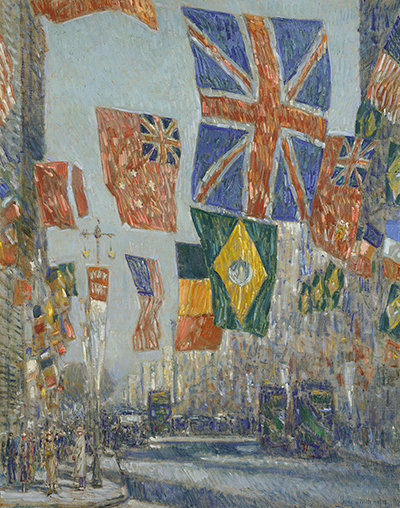Childe Hassam was a highly skilled American Impressionist painter who specialised in genres such as cityscapes and landscapes. His influence would help to convince Americans of the merits of this new artistic style, paving the way for increased sales of their work across the country.
Having learnt much from his travels in Europe, Hassam would take many of the key aspects of Impressionist art and combine it with the unique nature of the American nation. He would cover famous locations such as Fifth Avenue in just the same manner that the likes of Monet and Pissarro had depicted scenes across Paris. He also released emotionally charged watercolours after coming across the work of Turner whilst in the UK. Whilst the influences that he took in were clear, the artist was still able to forge very much his own path and push things forwards across the US, in conjunction with a number of other members of the American Impressionist group. He was a patriotic man too, and would produce a series of scenes in the early 20th century in which flags would decorate busy streets. One of these, The Avenue in the Rain, is now one of the most famous items in the White House Collection and is often found on display within the Oval Office.
He produced around 3,000 artworks by the end of his career, most of which were oil paintings and watercolours. Some claimed his career had gone stale in the latter part, but in truth he was simply so productive that it would be impossible and perhaps undesirable to constantly re-invent one's approach. He merely found a method that he was comfortable and happy with towards the end of his career, prefering to concentrate on the content itself and changing factors around that, such as weather and season. Some of his desire for change resulted in experimentations with etchings and lithographs which were both a natural path from his early success as a draughtsman. They also brought additional income in which is always welcome, whatever stage an artist made be at within their professional development. Some of the most famous paintings from Childe Hassam's career are listed below, and you will immediately notice some of the locations of America that featured within them.
One could accurately describe Hassam as commercially successful. He was also very conscious about profiting financially from his work and was better than most artists at maximising his income, where as others would prefer to solely concentrate on artistic concerns. His high output was in part due to this desire to earn more money and he also used other print forms in order to produce series of reproductions from each individual piece. Some have argued that he actually went out of his way to be seen amongst the company of other famous artists in order to boost his own reputation. Ultimately, his career would span half a century and his exploits made him a very wealthy man. Part of the criticism around his so-called stale period in later life was actually more about staying true to his Impressionist beliefs, and avoiding the path to new ideas that he did not approve of. This resulted in a highly consistent oeuvre of which the style continues along much the same path throughout, with content varying as he travelled to new locations.
Barbizon School painters were also known to have influenced the artist's work and a number of Americans would take elements of the French collective into their own approach. Interestingly, though, Hassam did not wish to paint the same downtrodden folk within his native US landscape, and so painted a more positive outlook on their lives within his own interpretations. Hassam was fiercely patriotic and never courted the same levels of controversy as his French counterparts. This approach perhaps allowed him to build up a domestic following even faster and was added to with his flag series which would eventually take his work into the collection of the White House. He returned to France many times and can be said to have successfully merged the best elements of its work from around that period with ideas and influences found in the US. Today he remains regarded as one of the most important American artists of the 19th century, with considerable value attached to his most famous paintings.



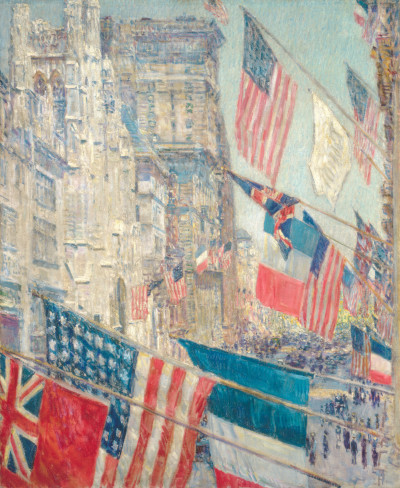
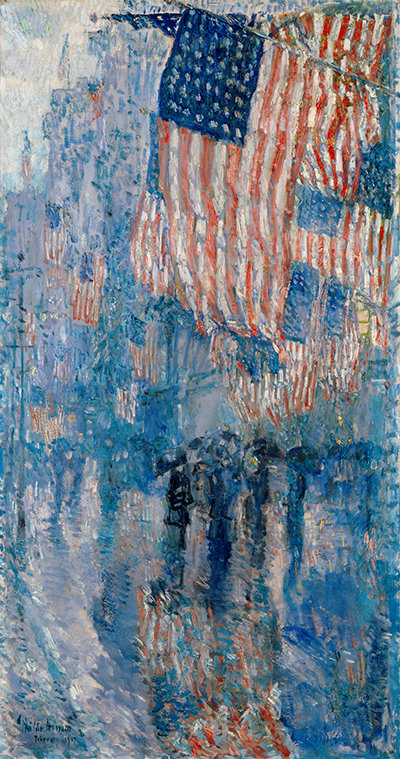
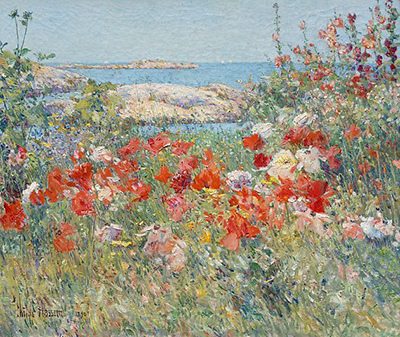
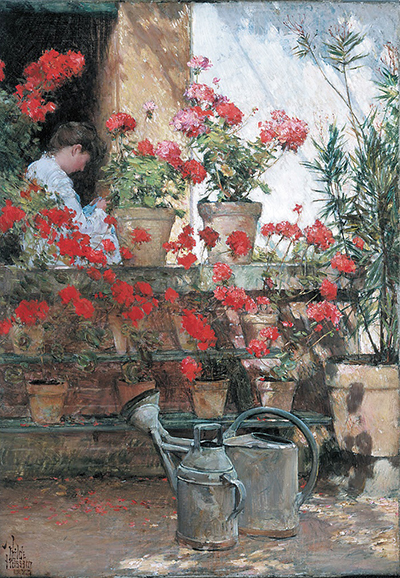
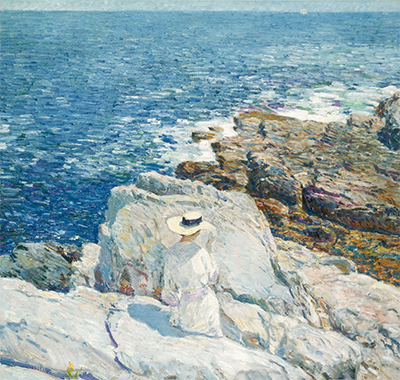
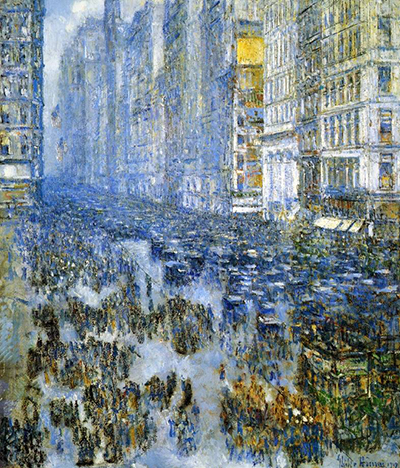
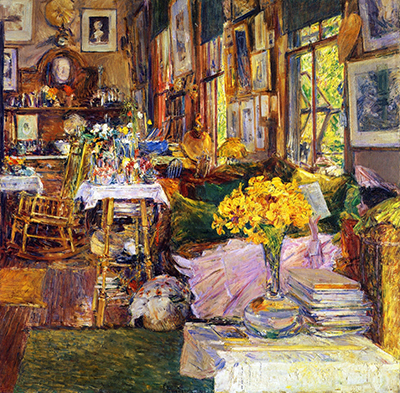
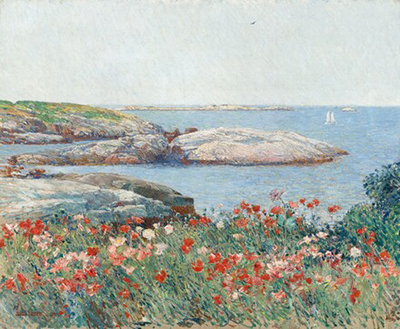
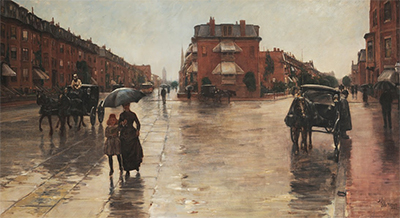
 Childe Hassam.jpg)
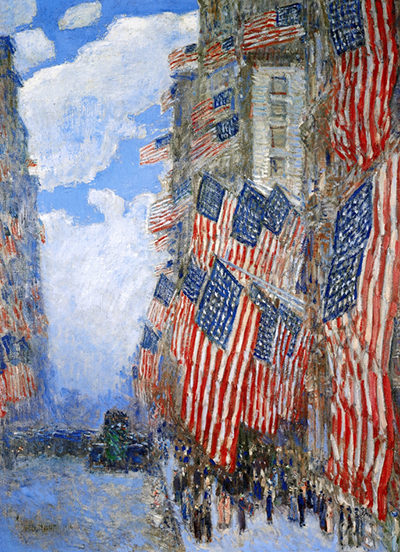
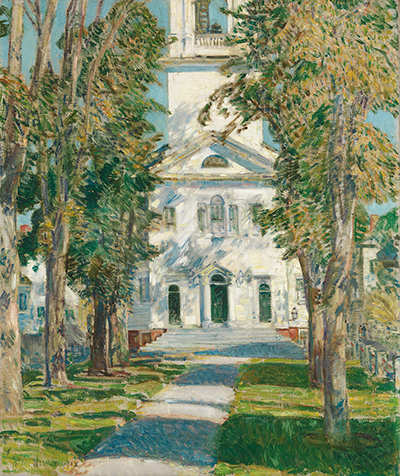
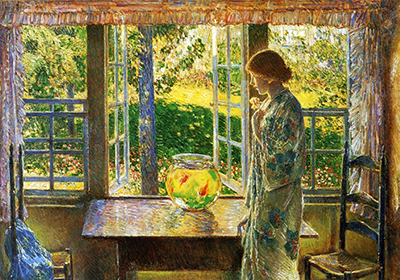
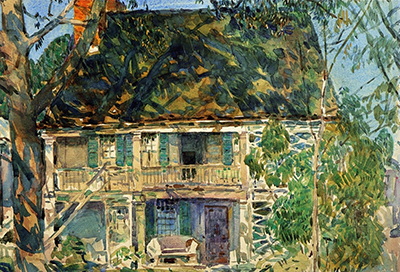
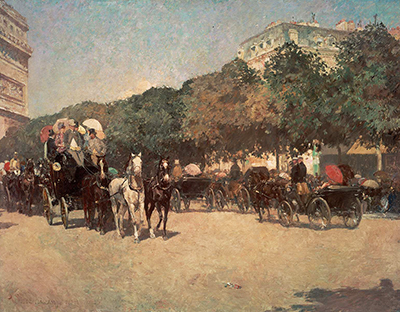
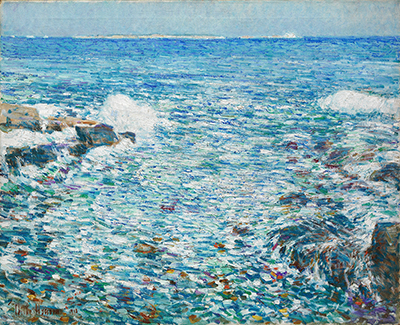
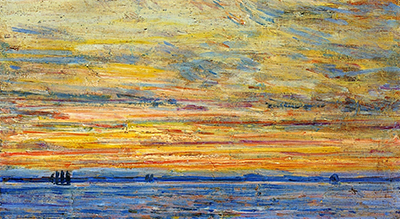
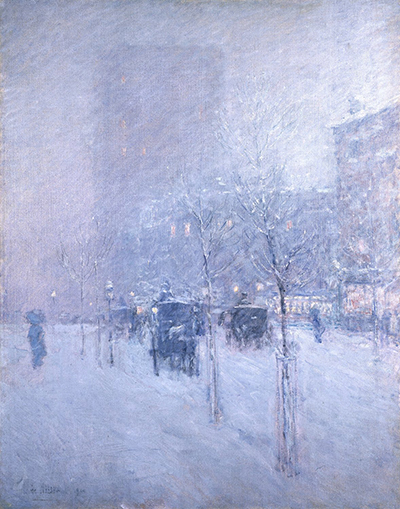
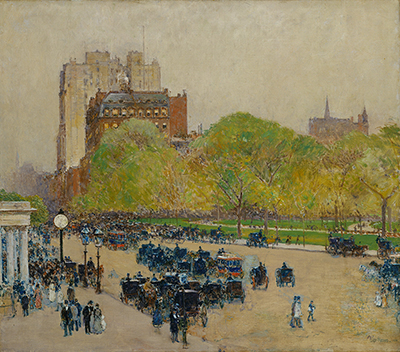
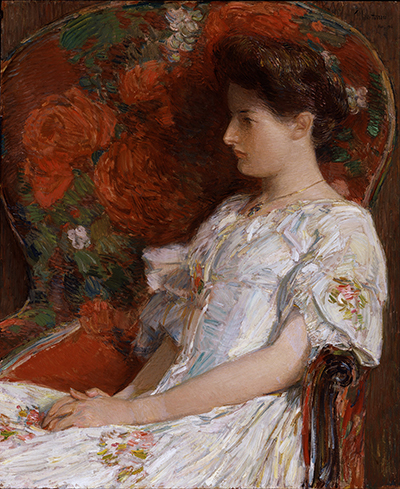
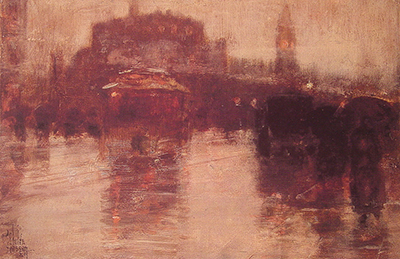
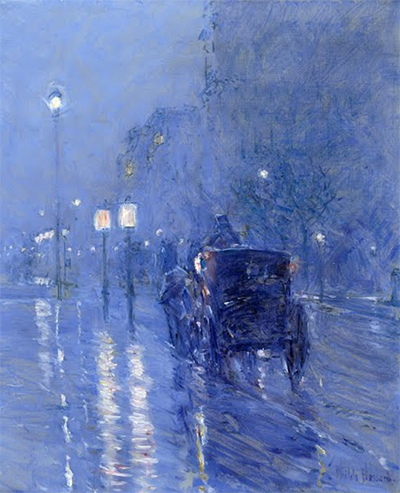
 Childe Hassam.jpg)
